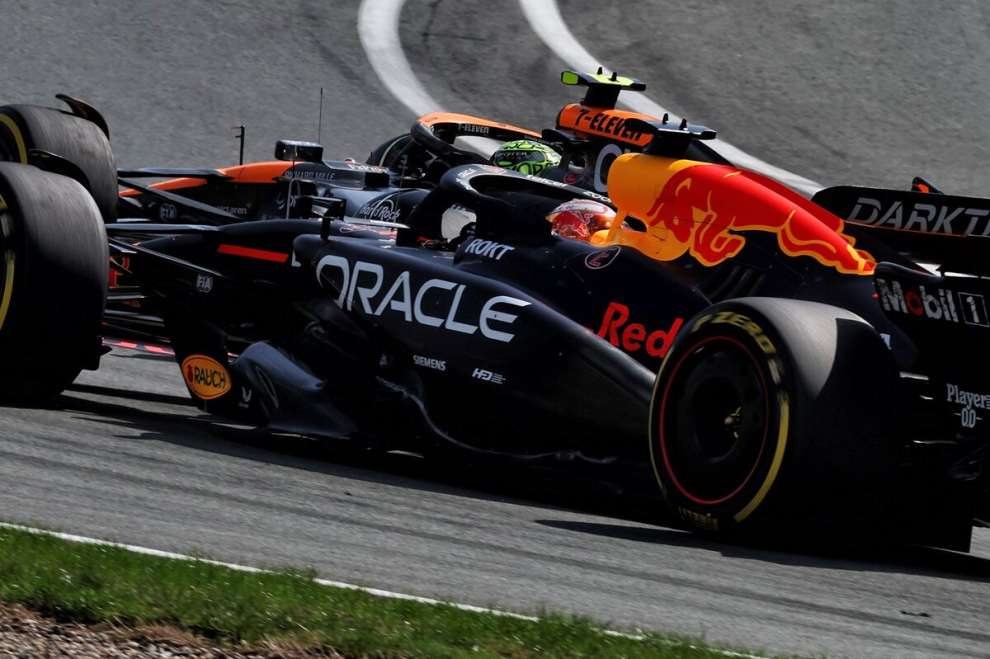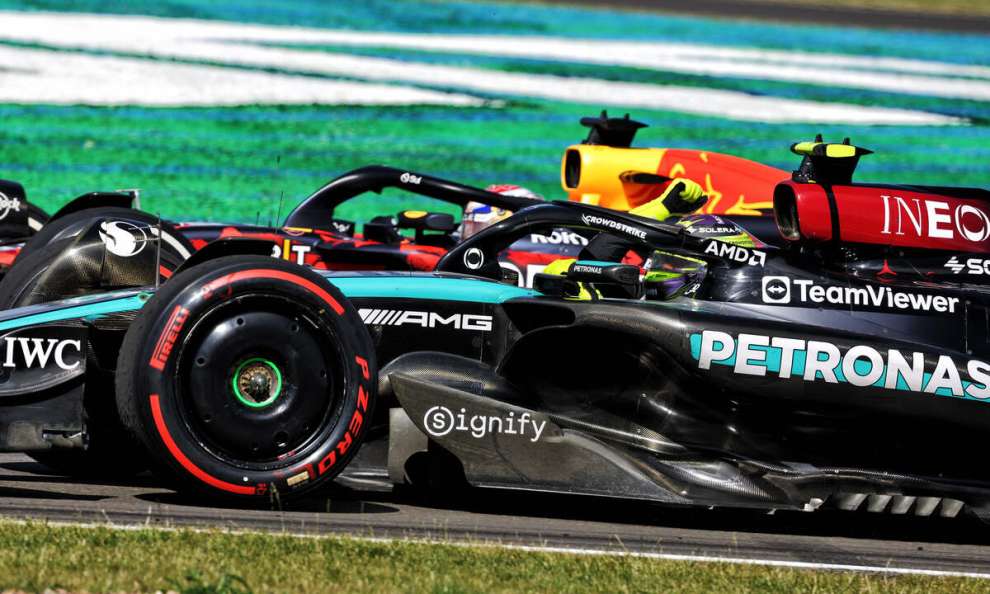By Carlo Platella
It is a Formula 1 that has never been so balanced, with four teams competing for victory every weekend and where qualifying is played on the edge of hundredths of a second. In such a context every detail makes the difference, as evidenced by the statements of drivers and engineers in which expressions such as “peak of the tire” or “window of use” return recurrently. Exclusively at FormulaPassion Mario Islandhead of Pirelli motorsport, illustrates the science of tyres and how their correct use can be decisive.
Hitting the peak
The competitiveness of a racing car is closely linked to two aspects: power and grip. The latter in particular depends on two other parameters, which are the vertical thrust, i.e. the aerodynamic load, and the grip of the rubberthe grip it is able to guarantee on the asphalt. However, grip is not constant, but varies depending on several factors, including surface and carcass temperatures. This is why teams are almost obsessively focused on keeping the tyres in the temperature range corresponding to maximum grip.
“The more the group becomes compact, the more important it becomes to be able to exploit the tyre at peak performance”explains Isola. “The tire grip graph is a sort of bell with a peak, and the closer you work to it, the more you use the tire. By convention, we define an operating temperature range that corresponds to the grip peak minus 3%, which is really a convention. When there are 5 cars in 2 tenths of a second in qualifying, 3% is excessive. You have to stay within 1% at most”.
With the 2022 product, Pirelli had worked with a view to widening the operating window of the tyres, to avoid excessive variability in performance and to give greater emphasis to the driving of the drivers rather than to tyre care. Despite the progress, however, the current product inevitably retains a certain dependence of grip on temperature. “It’s a flatter bell,” Isola’s reference to the grip graph. “We are working to flatten it more and more, but it will always remain a bell. It is difficult to have a grip curve that, once it reaches a certain temperature, is completely flat and then degrades. There will always be a hint of curvature, of which you have to hit the peak to get the best performance and it’s not easy to find.”
Connect the axes
If hitting the peak performance of the tire is difficult, it is even more difficult to do so both at the front and at the rear. Isola continues: “Balance the two axes, that is, have both front and rear at peak gripit is fundamental and it is the most difficult thing for a team. Another difficulty is maintaining this situation for a stint, however long it may be. These are technical complications. You can bring an update that guarantees more performance, but it is still necessary to stay within these intervals”.
Isola is referring to the image painted by Frederic Vasseur, according to whom tyres are more important than upgrades. The importance given to tyres is reflected in the level of mastery that teams have developed in their exploitation: “In this the teams are very good. Over the years, the teams have learned to use the tires quite well. The fact that they haven’t changed products since last season has probably also helped them understand the rubber better. When we make a big change in product, in the first races we always see a learning period on the part of the teams. This year, since there were no changes, they were immediately good at using them”.

Careful driving
Proper use of tires also involves a driving style that is suited to the needs of current cars. Anticipating chronic understeer in fact prevents premature overheating of the front, which would compromise the balance with the rear axle. “These cars are very different to what we were used to.”continues the head of Pirelli motorsport. “The system for generating aerodynamic load is different, you have much more load at high speeds, even on straights where it actually wouldn’t be needed.”
“This certainly has an impact on the way the car is driven. From the comments we collect, single-seaters generally tending to understeer. In the transition from 2022 to 2023, in fact, we had made some changes to reduce the tendency to understeer. Thanks also to the countermeasures of the teams, the cars are now a little more balanced, but still prone to understeer”.

Don’t call it Formula Tires
The centrality of tyres in the analysis of teams and drivers tends to raise criticism from the public, with which Isola does not agree: “It’s not a tire formula. The same could be said for aerodynamics or power units. Formula 1 has reached very high levels of complexity and attention to detail. Furthermore, if someone guesses an aerodynamic update, they will still secure an advantage and demonstrate that not everything depends on the tyres. Simply, every detail counts”.
The exasperated attention to the tires is therefore not to be understood as a flaw of the Pirelli product, but rather as a natural consequence of a hyper-balanced Formula 1 where every aspect becomes decisive. Isola concludes: “In common perception, it is thought that in a single-supply regime, tires are the same for everyone, which is true, while it is not true that they work the same way for everyone. They must be made to work well, like every other detail of the car, from the aerodynamic package to the brakes. Today you have to use everything at 110%. To stay ahead you also need this and it is an aspect that depends on the ability of the team. It is not a tyre Formula, but a Formula 1 where there is the same product for everyone that you then have to be good at using”.
#analysis #tyres #difference